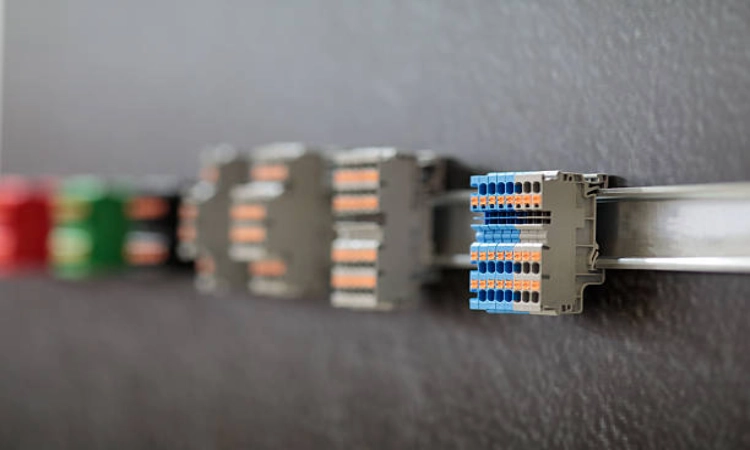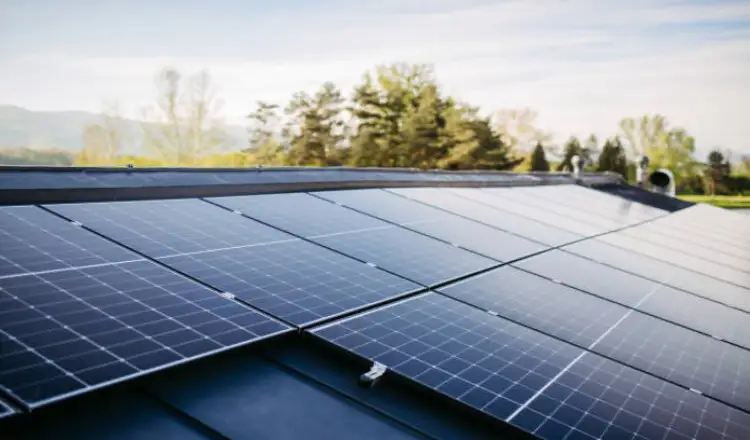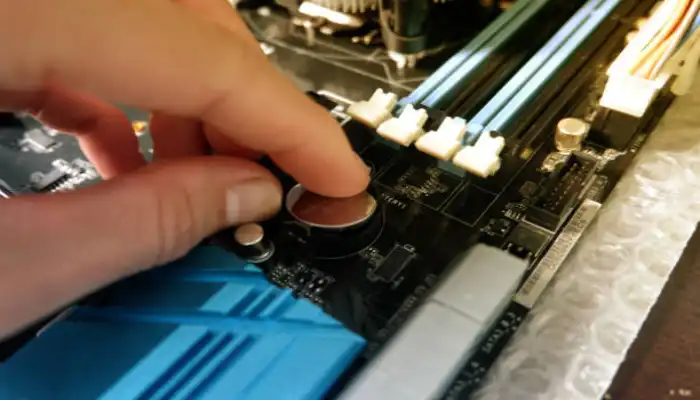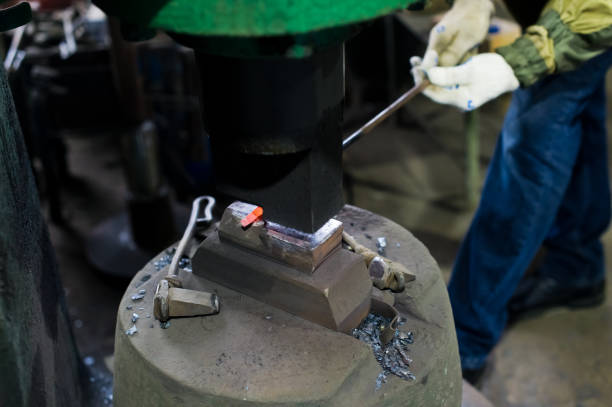As you explore the role of board-to-board connectors in high-speed, high-frequency PCBs, you’ll find they are vital for ensuring efficient data transmission between multiple circuit boards. These connectors mitigate signal loss and crosstalk, which are essential for maintaining integrity at elevated frequencies. Understanding their design considerations and performance characteristics can reveal how they influence the overall effectiveness of modern electronic systems. But what innovations are on the horizon that could further enhance their capabilities?
Importance of Board-to-Board Connectors in Modern Electronics
As electronic devices become increasingly compact and complex, the role of board-to-board connectors has never been more critical. These connectors facilitate seamless communication between different circuit boards, ensuring efficient data transfer in high-speed applications. When sourcing components, you should consider a reputable board to board connectors supplier to guarantee quality and reliability.
High speed board to board connectors are specifically designed to support elevated frequencies, enabling faster signal integrity and minimizing latency. Collaborating with a skilled board-to-board connector manufacturer can also lead to customized solutions that meet your unique specifications. In a landscape where performance is paramount, the importance of selecting the right connectors cannot be overstated, as they directly impact the overall functionality and efficiency of modern electronic devices.
Key Design Considerations for High-Speed Connectors
When designing high-speed connectors, engineers must prioritize several key considerations to guarantee peak performance. First, impedance matching is essential for minimizing signal reflection; make sure your pcb board to board connector maintains a consistent impedance throughout. Second, consider the pin count and layout; ideal spacing and alignment can reduce crosstalk and improve signal integrity. Third, select lxw board-to-board connectors that support the required data rates while offering robust mechanical stability.
Additionally, thermal management shouldn’t be overlooked; connectors must dissipate heat effectively during operation. Finally, evaluate the environmental factors, such as moisture and vibration, which could impact connector reliability. By focusing on these key design considerations, you can enhance the functionality and longevity of your high-speed connectors.
Performance Characteristics of Board-to-Board Connectors
The performance characteristics of board-to-board connectors play a crucial role in determining the overall efficiency of high-speed PCB designs. These connectors must exhibit low insertion loss, minimal crosstalk, and stable impedance to maintain signal integrity at high frequencies. When selecting a board to board connector PCB, you should consider factors like mating cycles, mechanical stability, and thermal performance.
Additionally, sourcing board to board connectors wholesale can provide cost-effective solutions without compromising quality. It’s important to assess the performance characteristics of board-to-board connectors, as they directly influence data transmission rates and system reliability. By prioritizing these aspects, you can enhance your PCB designs and guarantee they meet the demands of modern high-speed applications.
Innovations and Future Trends in Connector Technology
Innovations in connector technology are rapidly evolving to meet the increasing demands of high-speed PCB applications. You’ll notice a shift towards lxw connectivity solutions, which enhance signal integrity and minimize crosstalk in densely packed printed circuit boards. These advancements focus on developing smaller, more efficient connectors that can handle higher frequencies while maintaining reliable connections.
Future trends will likely include the integration of smart technologies within connectors, enabling real-time diagnostics and performance monitoring. Additionally, manufacturers are exploring advanced materials that improve thermal management and durability. As you adapt to these innovations, consider how they can optimize your PCB designs, ensuring they remain competitive in an ever-evolving technological landscape.
Conclusion
To summarize, board-to-board connectors are essential for ensuring reliable communication in high-speed, high-frequency PCBs. By prioritizing design considerations and performance characteristics, you can greatly enhance your electronic systems’ efficiency and competitiveness. As technology evolves, will you stay ahead of the curve and leverage innovations in connector technology to meet the demands of tomorrow’s devices? Embracing these advancements not only improves signal integrity but also positions your designs for success in an increasingly complex market.






